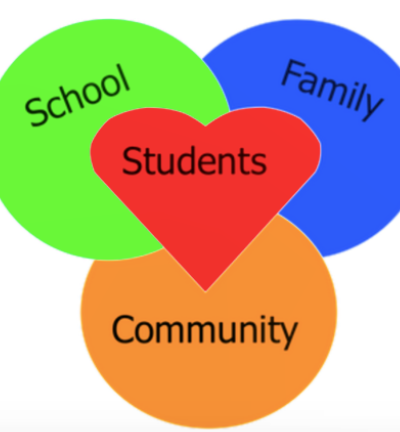Who makes decisions about our public education system?
You could say Betsy Devos, the State Department of Education, and local school districts all impact our public education system here in the US.
Who makes decisions that impact your child’s day to day life at school?
Principals and school leadership teams have a big say in what happens at school every single day from instruction to safety to operations. Many school districts also play a big role in what happens on your school campus.
If you are reading this and you are a parent or family member of a school aged child, I have an important question for you.
What is YOUR role in decision making at your child’s school campus or in education at a state and national level?
You may not have an immediate answer to this question and that is okay! Hopefully by the time you are done reading this you will have more ideas on how to influence decisions and have a say or a voice that impacts your child.
Parents will ALWAYS have strong opinions about anything having to do with their children, including their education.
Rule #1 for us as educators, school support staff and even districts is that we have to acknowledge this reality about parents having strong opinions. Only then can we begin to find innovative ways of including families in important conversations, which can only result in high student achievement.
Same goes for principals and teachers, they too will have strong opinions about what happens in the classroom, how to provide the best educational experience for children and whether or not a curriculum is helpful or damaging to student’s learning process.
Rule #2 for state boards and local districts is to also acknowledge and accept this as fact. Only then will they find ways to include different but important perspectives into policy or decisions on funding programs.
How can we work together and include diverse voices and opinions?
The key to this is having structures in place that gives public officials, principals, teachers, students and parents/families the opportunity to engage and interact, build off of each other’s expertise to build school communities and districts that are inclusive of all key stakeholders.
At the moment, on campuses across California, structures such as the School Site Council, which is a legal requirement for public schools across the state exist. Again, it is a legal requirement. But what if it wasn’t a requirement? How many schools would still hold a space where parents, students and teachers can also make an impact on their student’s learning experience?
At a local district level and state level, it is a legal requirement for board meetings to include public comment time in the agenda for each item being discussed. The public is only given one to three minutes to provide their commentaries, thoughts, and suggestions. The board members can decide whether or not to take public comments into consideration when making decisions. Once again, it is a legal requirement. Would it happen otherwise? Even then, in my opinion, three minutes at the mic is not equal to providing parents and community members a seat at the table.
In summary, I wrote this short piece:
- To get parents thinking about the role they play in their child’s education.
- To get school leaders to think about how to include parents (and students) in decisions made at a school level.
- To get school districts and board members to really analyze current structures that include principals, families and students in their decision making process.
In the world of public education, there are different conversations happening that impact policies, operations, and academic programming. But not everyone who matters is sitting together at the same table. Let’s change that!
Melissa Salgado
Latest posts by Melissa Salgado (see all)
- Fundadores Latinos Son Importantes: Joel Portillo Comienza Una Nueva Escuela KIPP Preparatoria en el Área de la Bahía - November 7, 2019
- Latino Founders Are Important: Joel Portillo Starts New KIPP Bay Area High School - October 23, 2019
- Cómo Construir una Cultura de Colaboración Entre Padres y Escuelas - August 13, 2019
- How to Build a Collaborative Culture Between Parents and Schools - August 8, 2019
- Seleccionando la Escuela Preparatoria Correcta: Consejos de Una Consejera de Colocación, de Escuela Preparatoria - July 11, 2019


Pingback: Education must-reads: From declining student suspensions to protesters shutting down an LA school board meeting, 10 new things to know about California’s schools (and beyond) | LASR Español